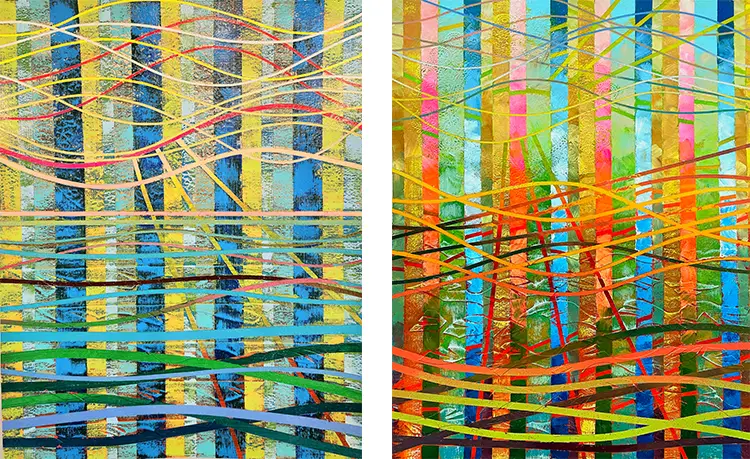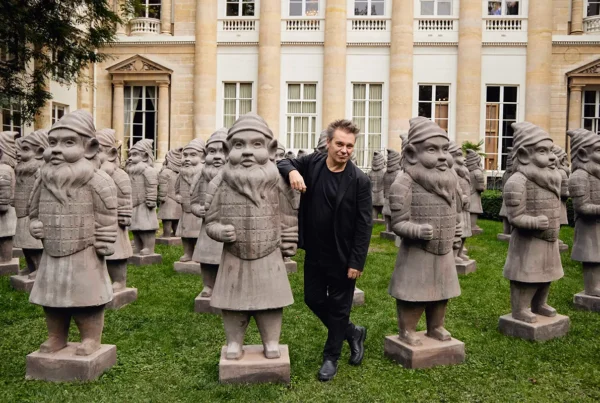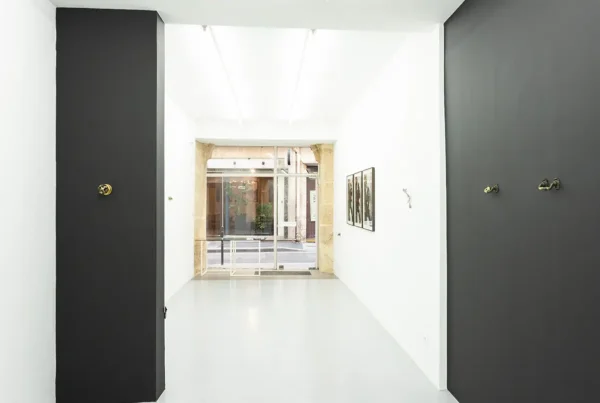“My artwork delivers environmental data through contemporary art focused on climate and social awareness.”
Aesthetic Signals in a Scientific World
With a dynamic fusion of environmental awareness and contemporary fine art, Dodd Holsapple crafts a deeply reflective visual language that intersects ecological science and creative interpretation. His work stands at the confluence of geography, climate studies, and visual storytelling, transforming scientific data and natural patterns into arresting art pieces. Known for his vibrant compositions and tactile forms, Holsapple’s projects are informed by both personal and global narratives of environmental transformation. Through his creative process, he translates complex environmental concerns into visual formats that provoke thought and inspire dialogue. His work does not merely interpret nature—it actively communicates its fragility and beauty in a time of ecological uncertainty.
Rooted in foundational studies of culture, social interaction with the environment, and a nuanced appreciation of contemporary artistic practices, Holsapple’s approach balances aesthetic sophistication with purpose-driven commentary. His pieces are structured to engage not only the eye but also the intellect, acting as conceptual spaces where scientific variables and artistic intuition converge. Central to his philosophy is the belief that art can function as both witness and participant in environmental discourse. This is evident in how he constructs artworks that are not only visually rich but also data-informed, bridging the gap between empirical research and emotive expression.
Whether working in paint, sculpture, or mixed media, Holsapple’s artistic choices are influenced by his connection to landscape and place. He often draws inspiration from specific geographies and climate-related phenomena, weaving together social and ecological insights. By exploring how humans relate to their surroundings and each other through environmental lenses, his art becomes a medium for social conversation. Holsapple doesn’t merely document ecological shifts—he reimagines them through the eyes of an artist attuned to science, community, and the shifting rhythms of the Earth.
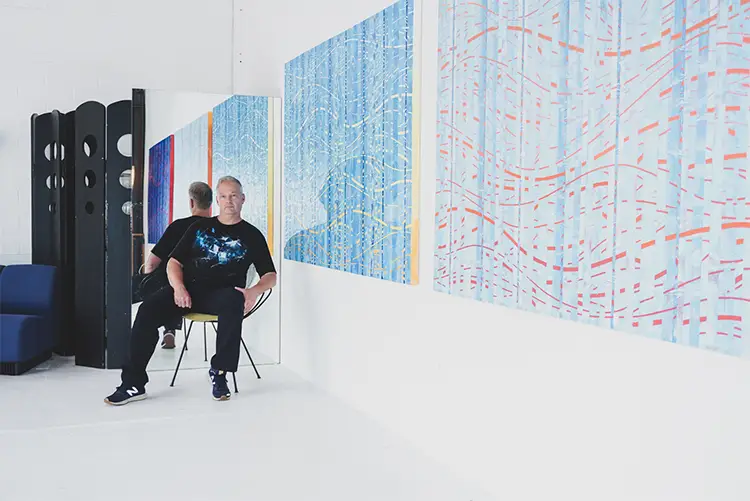
Dodd Holsapple: Constructing Meaning through Environmental Series
Holsapple’s signature style is defined by the interplay of multi-medium techniques and environmental themes, resulting in a body of work that is both visually compelling and conceptually rigorous. His artistic trajectory is organized into thematic series that explore water systems, species biodiversity, unique habitats, and the broader implications of climate conditions. Each series is a self-contained ecosystem of ideas, textures, and color, offering audiences an immersive experience that evokes both wonder and urgency. The use of vibrant hues, rhythmic linework, and dynamic compositions transforms climate data into emotionally resonant visual narratives.
Among his most impactful works is the Reflections Series, an ongoing exploration of water, climate, and their mutual influence. A standout piece, Blue Currents, gained national recognition when it was presented at the 5th U.S. Congress Climate Assessment and included in a U.S. Geological Society climate data publication. This painting exemplifies Holsapple’s ability to merge scientific representation with artistic innovation. It’s not only a reflection of environmental reality but also a call to action—illustrating how artistic expression can serve as a potent tool for education and advocacy. The piece’s selection for such a high-profile platform underscores Holsapple’s role as a bridge between disciplines, creating artworks that influence policy-level conversations.
His renowned Living Sculpture Series marks another turning point in his practice. These urban environmental sculptures, widely exhibited and featured in a televised documentary, challenge traditional boundaries of form and function. Combining architectural elements with ecological messaging, they bring environmental themes directly into public spaces. These works serve as physical interventions—alive with color, growth, and structural ingenuity—meant to engage diverse audiences beyond conventional gallery settings. By taking his work into everyday environments, Holsapple ensures his message reaches a broader public, reinforcing the idea that environmental awareness must be woven into the fabric of daily life.
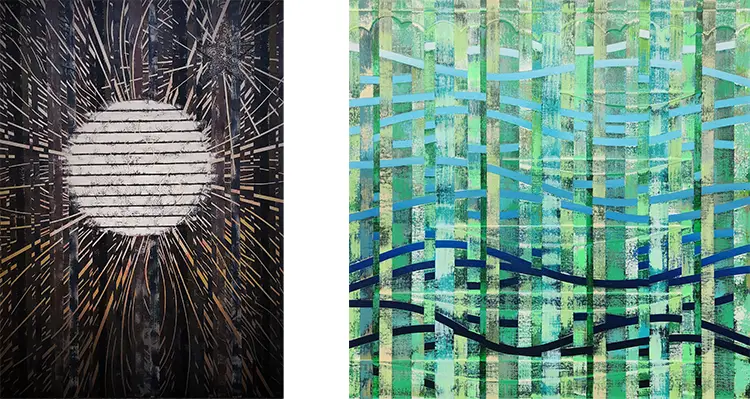
Global Residencies and the Geography of Influence
Residency programs have played a critical role in shaping Holsapple’s creative evolution, offering him immersive environments to experiment with new ideas and materials. These residencies span continents and ecosystems—from coastal marshlands to mountainous terrains—each leaving a distinct imprint on his thematic focus. The constant across these varied settings is his dedication to understanding and interpreting the relationship between humans and their natural surroundings. Each residency serves not only as a creative retreat but also as a site-specific research period, where Holsapple engages with local ecologies to inform his work.
One particularly anticipated milestone in Holsapple’s journey is his upcoming participation in the Togatta Artist in Residence Program, set for November 2025 in Miyagi Prefecture, Japan. Nestled at the base of Mt. Zao, this setting will serve as the inspiration for a new body of work under the SpecTerra Series, a thematic continuation that investigates natural elements through a localized lens. The open studio model planned for the residency encourages public engagement with the artistic process, offering visitors a chance to witness the transformation of scientific and environmental insights into art. This immersive exchange of ideas aligns perfectly with Holsapple’s commitment to collaborative learning and ecological storytelling.
Previous residencies have taken Holsapple to locations such as the Madrona Marsh Museum in Torrance, California, and the Noxubee Wildlife Refuge in Mississippi, where his interactions with specific habitats shaped site-responsive pieces. In Portugal, during the Insights of an Eco Artist residency, and in Santa Ynez through the NAHR Fellowship, he continued to explore the intersections of conservation, community, and aesthetics. Each project developed during these residencies adds to a broader environmental dialogue that spans both continents and disciplines. His experiences in Hungary, Croatia, and Illinois further reinforce his global perspective, making each work a conversation between local specificity and universal ecological themes.
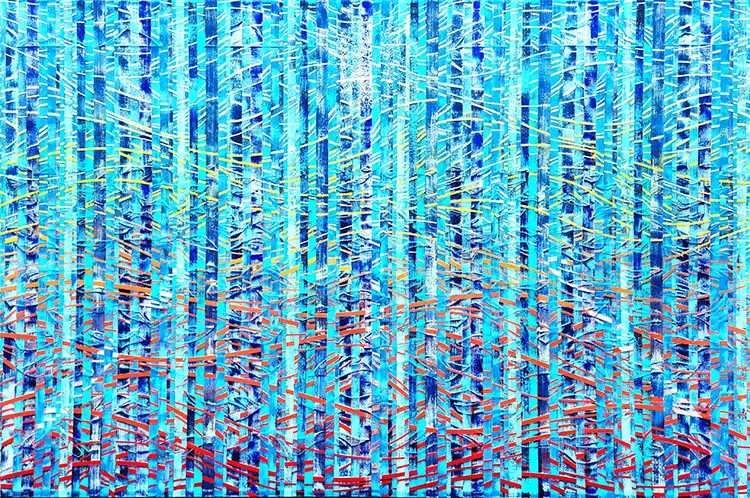
Dodd Holsapple: Science in Shape, Color, and Form
At the heart of Holsapple’s artistic process lies a fascination with the ways in which scientific data can be visually interpreted. His works function as synesthetic translations of environmental information—capturing atmospheric conditions, biological records, and climate trends through nuanced visual languages. Using bold color palettes and intricate textures, he transforms raw data into sensorial experiences. In doing so, Holsapple cultivates a space where audiences are not only visually stimulated but also intellectually engaged with the ongoing climate conversation.
His use of intoxicating colors and rhythmic shapes is never arbitrary. These aesthetic decisions are grounded in research and designed to mirror environmental phenomena—currents in water, migration patterns, or even the granular details of habitat erosion. This technique allows his work to communicate on multiple levels: it is decorative and descriptive, scientific and symbolic. In a culture where climate information is often buried in technical jargon, Holsapple’s art offers a compelling alternative—an emotive, visual narrative that speaks to both urgency and hope.
From digital experiments like the NFT collection Seeds To Smoke to large-scale public installations such as See Glass Again in Loncari, Croatia, Holsapple continues to diversify his mediums while maintaining a consistent focus on ecological interpretation. Each project challenges viewers to reconsider their relationship with the planet. Whether through a virtual art marketplace or a physical sculpture integrated into a landscape, Holsapple’s works are reminders of art’s power to influence perception. In a world where environmental crises often feel abstract, his practice reasserts the visibility—and visibility’s potential to inspire change.
